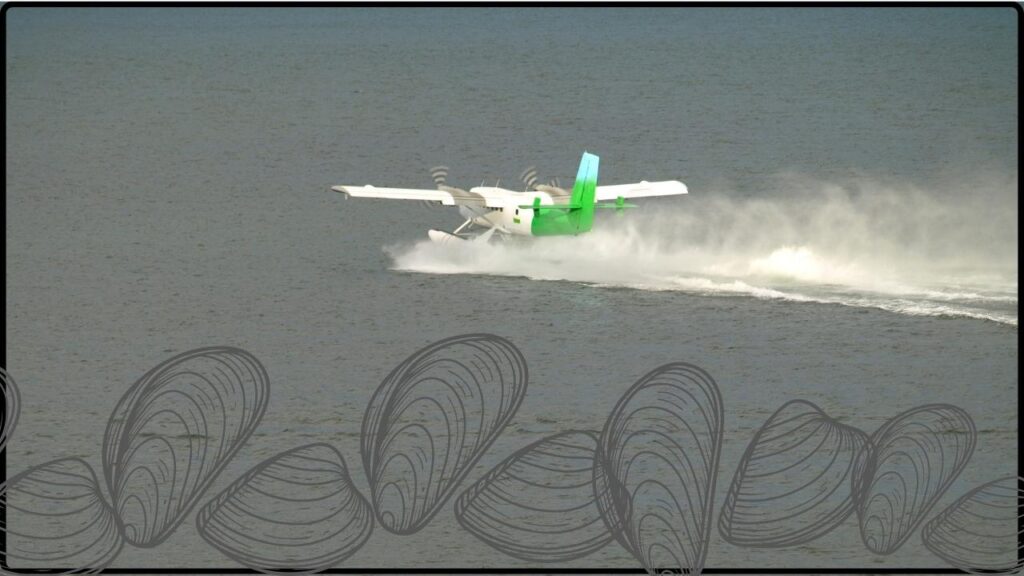
How Zebra Mussels Can Ground Your Aircraft: If you’re flying seaplanes or water-based aircraft, zebra mussels are a serious threat you can’t afford to ignore. These tiny invasive mollusks have invaded many U.S. waterways and can foul your aircraft’s floats, causing operational disruptions, costly repairs, and regulatory grounding. This detailed guide explains what zebra mussels are, how they impact your aircraft, and practical prevention strategies tailored for pilots and operators.
Table of Contents
How Zebra Mussels Can Ground Your Aircraft?
Zebra mussels may be small, but their effect on water-based aircraft in the U.S. is substantial. By fouling floats and control surfaces, they increase operating costs, risk safety issues, and can even force regulatory grounding. For pilots, knowing how to identify, prevent, and comply with laws around zebra mussels is essential to keep their aircraft safe and flying free. With proactive inspections, cleaning, drying, and responsible reporting, pilots can help protect not only their aircraft investment but also fragile aquatic ecosystems for generations to come.
| Aspect | Details |
|---|---|
| What Are Zebra Mussels? | Small invasive freshwater mollusks with striped shells that attach to hard surfaces underwater |
| Impact on Aircraft | Fouling floats increase drag, weight, corrosion; fouling control surfaces jeopardizes safety; may cause grounding |
| Economic Impact | Billions lost annually in the U.S. due to infrastructure and watercraft damage |
| AIS Regulations | Cleaning, inspection, reporting, and prevention protocols mandated across many U.S. states and water bodies |
| Prevention Measures | Inspect, clean with high-pressure/hot water, dry, comply with AIS rules, and report infestations immediately |
| Resources | USGS Zebra Mussel Info, Seaplane Pilots Association |
What Are Zebra Mussels?
Zebra mussels (Dreissena polymorpha) are small, freshwater bivalves native to Eastern Europe. They first appeared in North America in the late 1980s, quickly colonizing the Great Lakes and spreading to many inland lakes and rivers. Zebra mussels have distinctive striped shells that help identify them, typically about 1 to 2 inches long.
What makes zebra mussels especially tricky is their ability to attach firmly to almost any hard submerged surface, including rocks, docks, water intake pipes, vegetation, and notably, the floats and hulls of seaplanes. Using robust byssal threads (sticky fibers), they form dense colonies that grow rapidly, smothering native species and fouling man-made structures.
Their spread is mainly human-facilitated—via boats, trailers, fishing gear, and water-based aircraft. Zebra mussels can survive up to a month out of water under cool, damp conditions, enhancing their ability to hitchhike and invade new water bodies.
How Zebra Mussels Can Ground Your Aircraft?
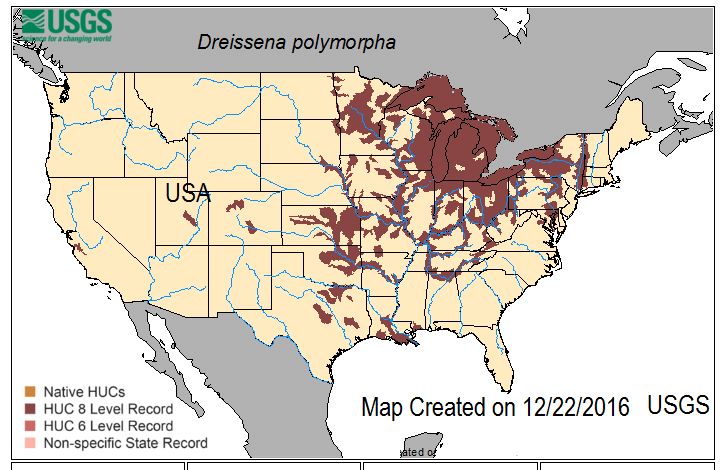
Zebra mussels affect seaplanes and amphibious aircraft in multiple ways:
- Increased Drag and Weight: Mussels attached to floats and hulls increase surface roughness and weight, which decreases hydrodynamic efficiency. This leads to longer takeoff runs, higher fuel consumption, and reduced maneuverability on water.
- Corrosion and Mechanical Damage: The acidic waste products zebra mussels excrete accelerate corrosion on metal parts of the aircraft. Mussels also clog control surfaces such as water rudders or damage seals and sensors, which potentially compromises flight safety.
- Operational Grounding: Regulatory agencies in many U.S. states and regions enforce strict Aquatic Invasive Species (AIS) management rules. Detection of zebra mussels on aircraft grounds the plane until thorough cleaning and inspection are completed and clearance is granted.
- Spreading the Problem: Moving mussel-infested aircraft between lakes and rivers spreads the invasion, causing broad environmental and economic damage in aquatic ecosystems and infrastructure.
The U.S. Geological Survey (USGS) estimates zebra mussels cause billions of dollars in damage annually in the U.S. Their impact on seaplane operations adds layers of cost in maintenance, downtime, and regulatory compliance.
Why Should Pilots Care?
Zebra mussels are not just a nuisance for boaters—they directly affect pilots by fouling critical aircraft components. Since many popular seaplane bases in Michigan, Minnesota, New York, and other infested states fall under strict AIS regulations, pilots must stay vigilant.
Operating a mussel-fouled aircraft means:
- Increased fuel and maintenance costs.
- Risk of delayed or canceled flights due to regulatory grounding.
- Potential for damaged control surfaces compromising safety.
- Contributing to the invasive spread of these mussels to pristine waters.
Pilots play a key role in protecting aquatic ecosystems and public water infrastructure by adhering to AIS guidelines. Keeping aircraft clean safeguards not only your investment but also local environments and community water access.
Step-by-Step Guide to Protect Your Aircraft from Zebra Mussels
1. Conduct Rigorous Inspections
After every water landing, inspect floats, hull, propellers, water rudders, and other submerged surfaces. Use a flashlight or magnifier to spot small, triangular, finger-nail sized striped shells or patches.
Pay extra attention to crevices, seams, and hidden places where mussels start colonizing.
2. Clean Thoroughly with Approved Methods
If mussels are detected or suspected:
- Use hot water (minimum 140°F) and high-pressure washing to remove and kill mussels.
- Physically scrape stubborn clusters, paying attention to joints and control surfaces.
- Avoid rinsing with cold or low-pressure water alone—it won’t kill larvae and might spread them.
3. Ensure Complete Drying
Zebra mussels can survive 7 to 30 days out of water depending on humidity and temperature. To prevent transport, dry your aircraft surfaces completely, ideally for 5 to 7 days, before moving to a different waterbody.
4. Comply with AIS Regulations
Each state has its own AIS rules:
- Some require mandatory inspections before launching in new waters.
- Many require reporting any mussel sightings.
- Certificates may be needed before moving aircraft across inspection stations.
Stay informed about local AIS rules to avoid penalties and operational delays.
5. Employ Protective Coatings
Anti-fouling coatings designed for aquatic vessels can deter mussel attachment on floats and hulls. While they do not eliminate the need for inspections, they reduce fouling frequency and related maintenance costs.
6. Report and Participate in Monitoring
Report any new zebra mussel sightings on your aircraft or at your base to AIS authorities or organizations such as the U.S. Fish and Wildlife Service. Early detection helps prevent new infestations and supports coordinated response efforts.

Broader Ecological and Economic Impacts
Zebra mussels upset freshwater ecosystems by:
- Outcompeting native mussels and disrupting aquatic food webs.
- Causing clearer water that increases sunlight penetration, triggering excessive algae and plant growth.
- Releasing toxins that bioaccumulate in fish, affecting wildlife and human consumption.
Economically, they clog industrial and municipal water intakes, costing billions annually in maintenance and repairs. These costs are passed along to industries, utilities, and consumers, and they increase operating costs for seaplane operators indirectly through regulatory compliance and maintenance demand.
Such widespread impact reinforces the need for individual responsibility in preventing the spread of zebra mussels via water-based aircraft.
Real-Life Insight from a Seaplane Pilot
John, a seaplane operator in Minnesota, shared:
“One summer, I noticed my plane took longer to get off the water. Inspection showed thick zebra mussel clusters fouling the floats and rudders. I had to wait days for inspections and pay thousands in repairs due to corrosion. Since then, cleaning and inspections are as much a part of my pre-flight routine as checking fuel.”
Stories like John’s highlight the practical consequences of invasive mussels and the value of preventive measures.
Avoiding Fines: A Complete Guide to AIS Transport Laws for Pilots
Are Seaplanes “Watercraft”? Understanding the Legal Gray Area in AIS Law
State-by-State AIS Regulations: A Seaplane Pilot’s Compliance Guide
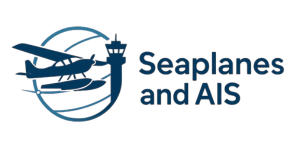

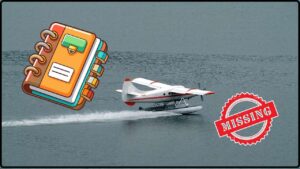


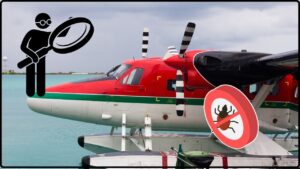



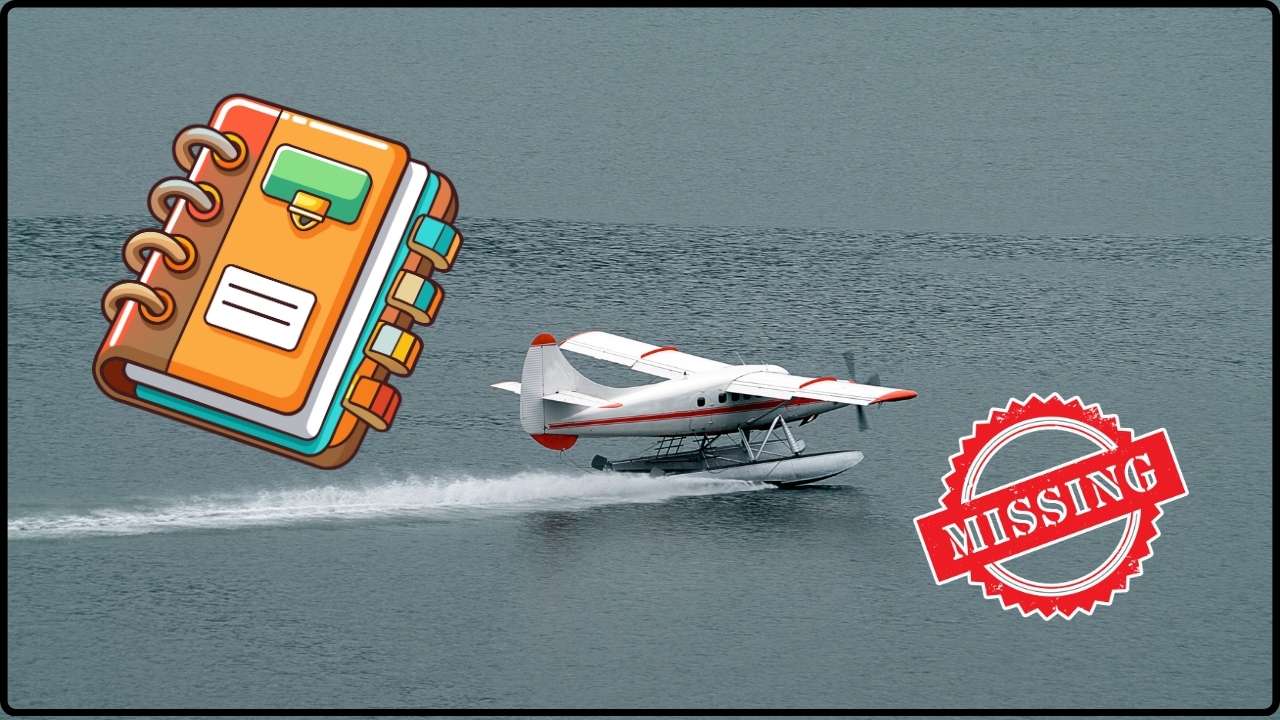

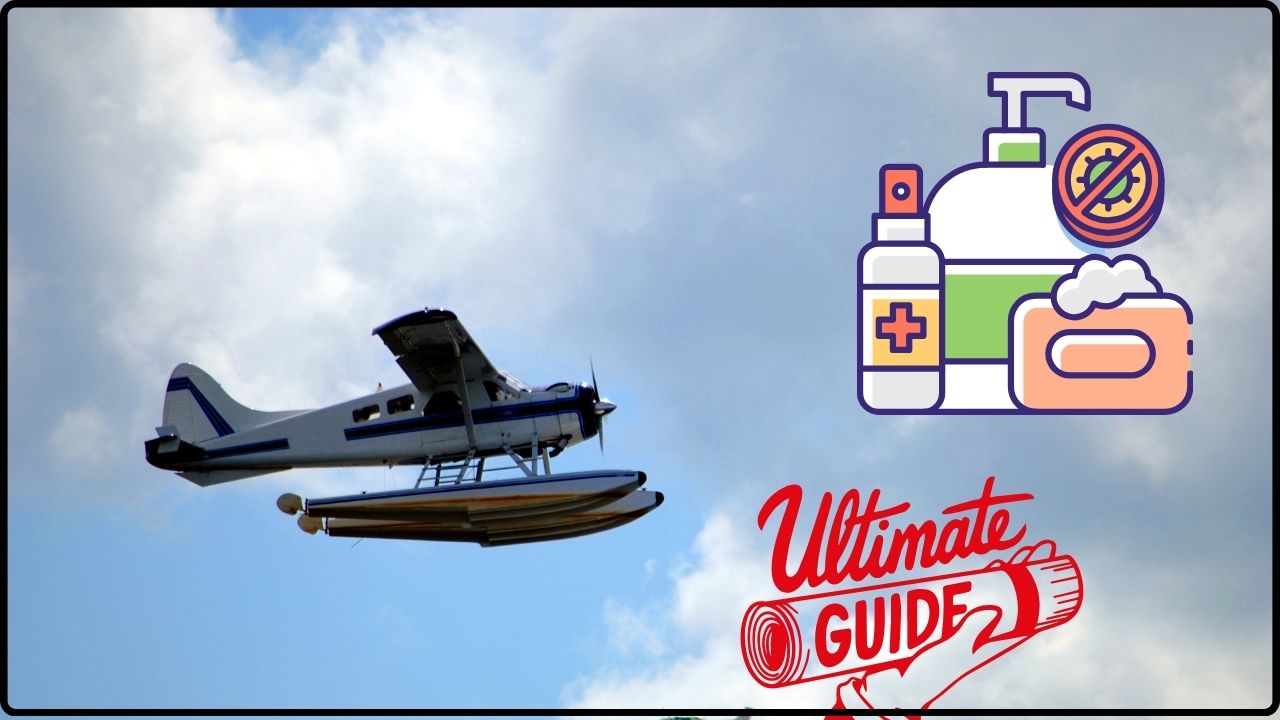


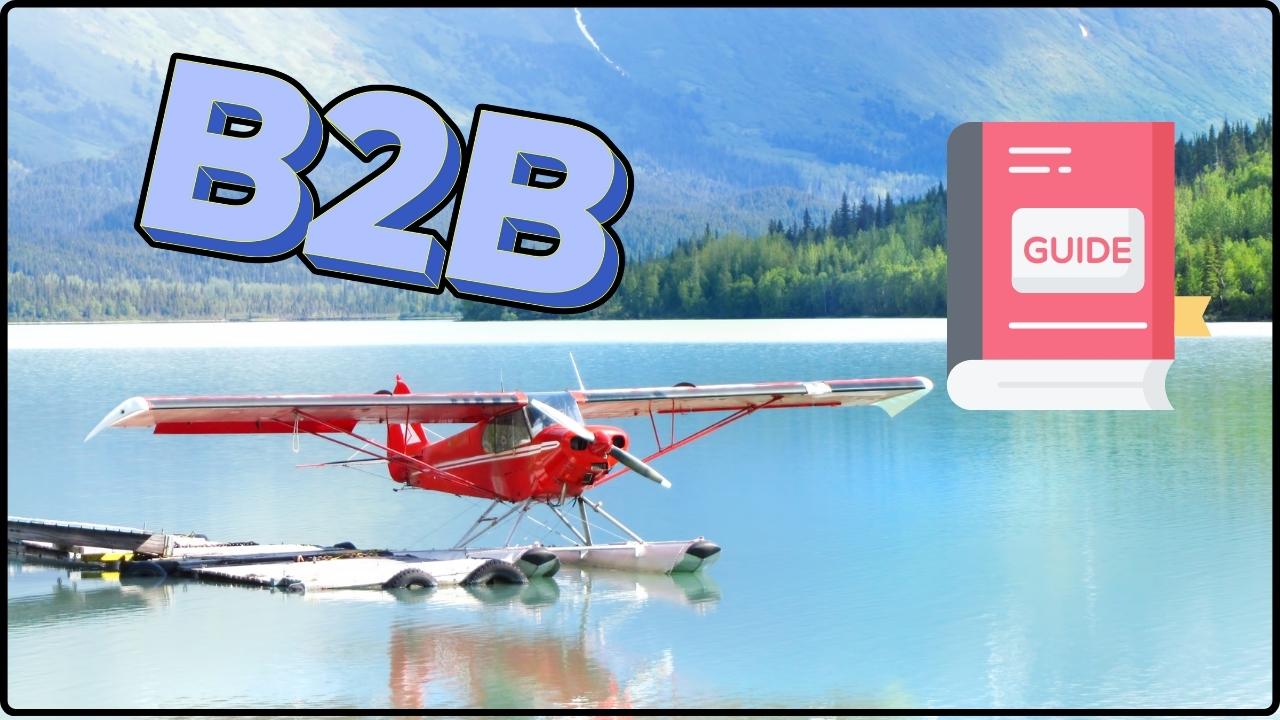
![Case Study: How [Lake Association] Partners with Pilots to Stop AIS](https://seaplanesandais.com/wp-content/uploads/2025/11/Case-Study-How-Lake-Association-Partners-with-Pilots-to-Stop-AIS.jpg)
